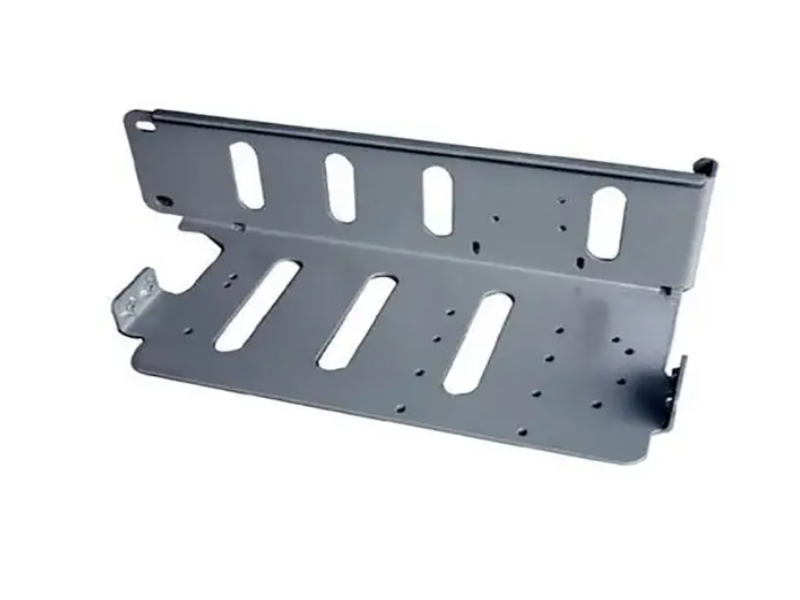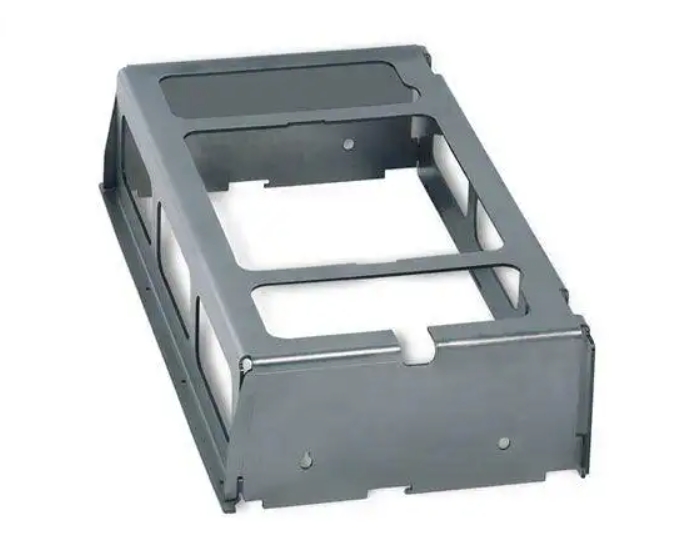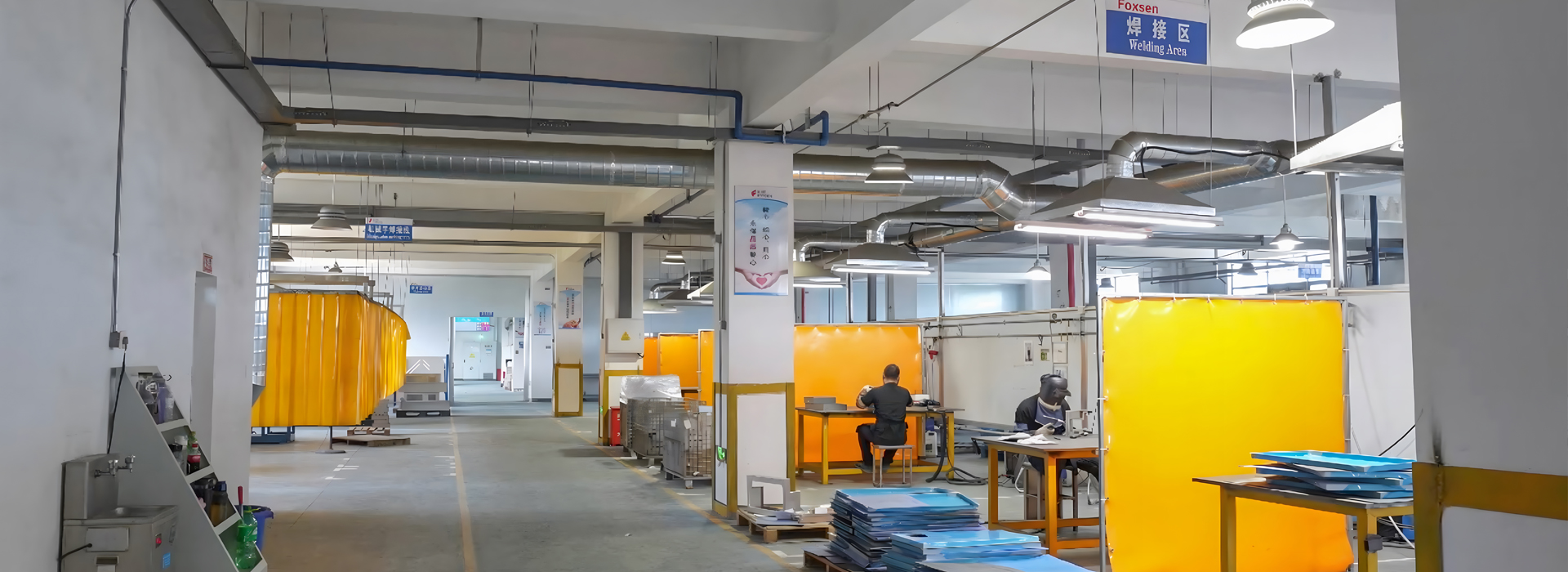Product Link:
https://www.sheetmetalparts.net/products-telecommunication-sheet-metal-parts.html
If you’ve ever wondered what keeps your gadgets safe or your tools neatly tucked away, odds are a sheet metal box has something to do with it. These aren’t just any old containers—they’re custom-made enclosures built from flat metal sheets, or what we in the biz call sheet metal parts. Think of them as the tough, reliable shells that protect everything from electronics to industrial gear. Having messed around with this stuff at Foxsen, I can tell you there’s a lot more going on here than you might think. Let’s unpack what a sheet metal box is, how it’s made, and where it shows up, with some solid facts and figures to back it up.
The Lowdown: What’s a Sheet Metal Box Made Of?
At its heart, a sheet metal box is crafted from sheet metal parts—thin, flat metal that gets cut, bent, and joined into a three-dimensional shape. The cool thing? Its thickness doesn’t change during the process, unlike parts that get carved or poured. Picture folding a piece of cardboard into a cube—that’s the vibe, but with metal. We use stuff like cold-rolled steel (SPCC), stainless steel (SUS304), and aluminum (6061 or 5052), each picked for what it brings to the table. SPCC’s a budget-friendly choice for boxes up to 3.2mm thick, easy to shape and coat. SUS304, packing a tensile strength of about 505 MPa, is your go-to when rust or rough conditions are in play. Aluminum? It’s light, with a density of 2.7 g/cm³ (compared to steel’s 7.8 g/cm³), perfect for keeping weight down.
Choosing the metal’s not a random grab—it’s about the job. A sheet metal box for outdoor gear might lean on SUS304’s corrosion resistance, while one for a lightweight battery setup might go aluminum to cut the heft. It’s all about matching the material to the mission.

How It Comes Together: Building a Sheet Metal Box
Turning a flat sheet into a sheet metal box is part art, part science. Here’s how we do it, straight from the shop floor:
Step 1: Cutting It Out
First, we slice the metal into the right flat shape—called blanking. Options include:
Laser Cutting: Nails precision at 0.1mm, great for tricky designs on a sheet metal box.
CNC Punching: Fast and accurate to 0.15mm, perfect for cranking out batches.
Shearing: Simple and cheap, but less precise at under 0.2mm—fine for basic cuts.
For a stainless steel sheet metal box with holes, laser cutting keeps edges crisp and spot-on.
Step 2: Bending the Shape
Next, we bend it into a box using a press brake. This is where things get technical. The bend radius (R) and thickness (t) are key—keep R at least equal to t (like 1.0t for low-carbon steel) to avoid cracks. Too small, and it splits; too big, and springback messes with you. The minimum straight edge height formula helps:
h ≥ r + 2t
So, for a 1mm-thick sheet with a 1mm radius, that edge needs to be at least 3mm to stay solid.
Springback’s the curveball here—the metal bouncing back after bending. With aluminum’s yield strength at 276 MPa (6061-T6), it’s easier to tame than SUS304’s stiffer 200 GPa elastic modulus. We might bump the bending force from 50kN to 65kN—cutting springback by 15%—or use a rounded punch to drop it 20-30%.
Step 3: Locking It In
Once bent, we join the pieces. Welding’s big:
CO2 Welding: Strong and quick for steel boxes, good against rust.
Argon Arc Welding: Clean and precise for aluminum or stainless steel.
For a lightweight aluminum sheet metal box, spot welding keeps it tight without extra bulk. We tweak the order or use jigs to avoid warping.
Step 4: Finishing Up
Last, we add a finish. SPCC might get a phosphate coat and paint, while aluminum could go anodized for durability and looks. Stainless steel often stands alone, maybe brushed for flair. These touches make the sheet metal box last longer and look sharp.

Where You’ll Find Sheet Metal Boxes
Sheet metal boxes pop up all over, thanks to their versatility. Here’s where they’re making a difference:
Electronics: Safe and Sound
Think circuit board housings or control boxes—these are sheet metal boxes at work. Aluminum’s a fave, bent with R ≥ t (like 1.5mm for a 1.5mm sheet) to avoid cracks, cut with laser precision to 0.1mm. They keep dust and damage out, spot-on for tech gear.
Automotive: Built Tough
Battery cases and toolboxes in cars? That’s sheet metal parts shaped into boxes. An SPCC box might use a bend radius of 1.5t to handle road stress, leveraging its 210 MPa yield strength for durability.
Construction: Everyday Heroes
Electrical enclosures on job sites are often sheet metal boxes made from galvanized steel (SECC), with zinc cutting corrosion to 1/30th of plain steel. Straight edges follow h ≥ r + 2t—like 5mm for a 2mm sheet with a 1mm radius—for strength.
Industrial Use: Heavy Duty
Big storage units or machinery housings rely on these boxes. SUS304 can take heat up to 870°C, welded with argon arc for seams matching that 505 MPa strength. They’re built to last in tough spots.
Why It’s a Big Deal
A sheet metal box isn’t just a container—it’s a custom solution. Whether it’s protecting electronics or holding industrial gear, sheet metal parts make it happen. With tricks like r/t ratios of 2-3 to tame springback or CNC cuts hitting 0.15mm accuracy, we turn flat sheets into precision pieces. It’s practical, it’s tough, and at Foxsen, it’s what we do best.
Final Take
So, what’s a sheet metal box? It’s the result of taking metal sheeting, cutting it smart, bending it right, and finishing it strong—backed by formulas like h ≥ r + 2t and real-world tweaks. From electronics to construction, these boxes are everywhere, proving that a simple sheet can go a long way when you know how to work it. Next time you spot one, you’ll see the craft that keeps it ticking.





